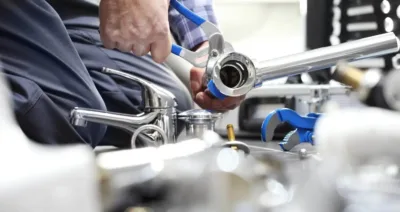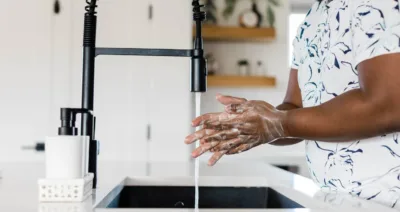Does this sound familiar? You’re ready to take a steamy shower, only to find trickles of water coming from the showerhead. Even worse, your dishwasher may malfunction due to low water pressure.
Although you may not want a hydro jetting session when using water in your house, low pressure is always inconvenient. Fortunately, you can track down the cause and find a solution by taking a few steps. Read on to learn how to correct low water pressure in a few simple steps.
- Check the Main Water Valve
The main water valve is the water pressure gauge that controls water flow into your pipes. If this pipe is partially closed, it results in reduced water pressure. The valves may also affect the pressure if broken, seized, or leaking.
Check this valve near the meter or the main water supply pipe to see if it is fully open. The valve may have been accidentally closed if you recently had repairs performed in your house. Turn the valve counter-clockwise to the furthest it can move, or make it parallel to the pipe if it’s a lever. - Look for Leaks
Damaged or leaking pipes may cause water to escape through the leaks, thus less water reaching the tap. For instance, if there is low water pressure in the kitchen sink but the pressure is normal in other taps, there is probably a leak in the pipe leading to the kitchen sink. To confirm leaks, close all taps in the house and take a meter reading. Return after two hours and take another reading. If there is an increased reading, there is probably a leak. If this is your case, immediately contact a reputable company like Paraco for professional repairs to prevent the issue from escalating. - Replace the Water Pressure Regulator
The water pressure regulator, also called a pressure-reducing valve, controls the pressure of water running through pipes. The regulator also prevents water hammers.
If the pressure regulator is the culprit, it may fail to control the water pressure, or in other cases, it causes a pressure drop. You can confirm whether there is an issue with the pressure regulator by connecting a water pressure gauge to the hose spigot closest to the pressure regulator.
If the gauge has a lower reading than what you get from the pressure regulator, the issue is with the regulator. Hire a professional plumber and replace the water pressure regulator. - Purchase a Water Pressure Booster System
In some cases, gravity and the distance from the water supplier to your house cause low water pressure. However, this can be complex to fix. Your best option is to buy a water pressure booster system.
This system overcomes the hindrances caused by gravity or distance by increasing the water flow rate when it reaches your home. Although the water pressure booster may cause an increase in your electrical bill, it can be worth the investment.
Low water pressure is never convenient and makes even simple tasks more time-consuming. Taking the right steps to investigate the issue can allow you to uncover potential plumbing issues before they escalate.


